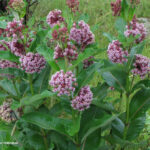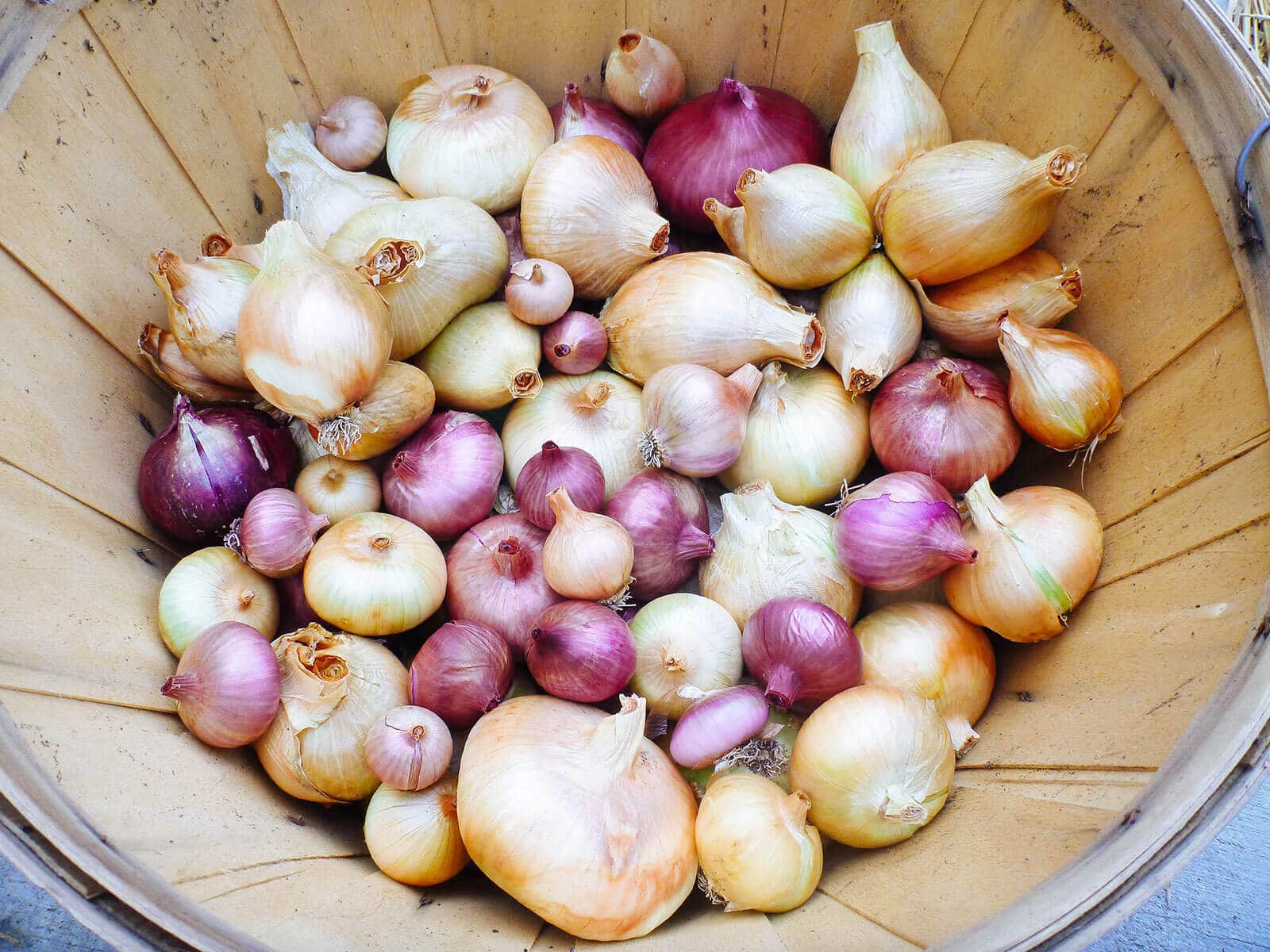Gardening enthusiasts often encounter the disheartening sight of black spots marring the lush green of basil leaves. These blemishes can be a source of frustration for both novice and experienced gardeners alike, raising questions about the health and future of their beloved herb. Here’s why your basil has black spots on its leaves; understanding the causes and treatments is essential for nurturing a thriving basil plant.
Basil, with its fragrant leaves and versatility in the kitchen, is a popular herb that’s easy to grow, yet susceptible to certain conditions that can lead to unsightly black spots. These spots can arise from various factors, often indicating an underlying health issue with the plant. Let’s delve into the common reasons behind these black spots and explore how to address them, ensuring your basil remains a vibrant and vital addition to your garden or windowsill.
What Are The Common Causes Of Black Spots On Basil Leaves?
Several factors can lead to the appearance of black spots on basil leaves. Fungal infections, such as basil downy mildew, are frequent culprits. Caused by Peronospora belbahrii, this disease can devastate basil plants, especially in tropical climates with high humidity.
Another common cause is cold damage, which typically manifests as darkened areas on the leaves after exposure to low temperatures. This is often seen in plants left outside during chilly nights or early in the growing season. Additionally, poor leaf nutrition can lead to various symptoms, including discoloration, though it is a less common reason for black spots.
Insects and pests can also be responsible, leaving behind their markings as they feed on the leaves. It’s crucial for gardeners to identify the correct cause to apply the appropriate treatment and prevent further damage to the plant.
How Do You Identify Basil Downy Mildew Symptoms?
Basil Downy Mildew (BDM) presents specific signs that can help gardeners diagnose the issue early. Yellowing between the veins on the leaves is an initial symptom, followed by the development of a fuzzy gray mold on the underside of the leaves. As the disease progresses, black fruiting structures emerge, which can lead to leaf drop and a decline in the plant’s overall health.
This disease thrives in humid conditions, typically with high relative humidity around 85% and cooler nighttime temperatures. During periods of rain or elevated humidity, these conditions are ripe for the spread of BDM. Vigilant monitoring and environmental control are key to managing this disease.
It’s also worth noting that while there are limited varieties of basil that are resistant to BDM, some new cultivars are being developed with improved resistance. Until these are widely available, preventive measures and prompt treatment remain gardeners’ best defense.
What Are The Solutions For Black Spots On Basil Plants?
Upon detecting black spots on basil leaves, immediate action should be taken to address the issue. One of the first steps is to remove affected foliage to prevent the spread of any infection. Improving air circulation around the plants is also recommended, as this can reduce the humidity that fosters the growth of fungi.
Another key solution involves watering practices. Watering basil plants at the soil level, rather than from above, helps keep the leaves dry and less likely to develop fungal issues. If the problem persists, fungicides may be used, although it’s important to choose a product that’s safe for edible plants and to follow the application instructions carefully.
Maintaining general plant health through proper nutrition and regular care can also fortify basil against diseases. A balanced fertilizer appropriate for edible herbs can provide the necessary nutrients to keep the plant strong and resilient.
How Can You Treat Black Spots On Basil Leaves?
- Isolate infected plants to prevent the spread of disease to healthy ones.
- Prune away the affected leaves and dispose of them properly.
- Apply fungicides if necessary, ensuring they are safe for use on edible plants.
- Consider natural remedies such as a baking soda solution as a fungicide alternative.
- Sterilize gardening tools after use to avoid transferring pathogens.
It’s essential to remain vigilant after treatment, keeping an eye out for any new signs of disease and adjusting care practices as needed to prevent recurrence.
Are Black Spots On Basil Leaves Safe To Eat?
While black spots on basil leaves can be unappealing, the safety of consumption largely depends on the cause of the spots. In most cases, if the black spots are due to a fungal infection or bacteria, it’s best to avoid eating the affected leaves as they may harbor pathogens or toxins. For safety and culinary quality, it’s recommended to use only the healthy parts of the basil plant in your dishes.
When in doubt, err on the side of caution and discard any leaves with black spots. Remember that plant diseases can potentially spread to humans if consumed, so it’s crucial to take the necessary precautions.
What Preventive Measures Can You Take Against Black Spots On Basil?
Prevention is always better than cure, especially when it comes to gardening. To protect your basil from developing black spots, consider the following tips:
- Maintain good air circulation around your plants by spacing them adequately.
- Avoid overhead watering to keep the leaves dry and reduce the risk of fungal diseases.
- Grow basil in well-draining soil and provide adequate sunlight to promote healthy growth.
- Regularly inspect your basil for early signs of disease or pest infestation.
- Choose resistant varieties of basil, if available, to minimize the risk of downy mildew.
By adopting these preventive measures, you can greatly reduce the likelihood of encountering black spots on your basil leaves and enjoy a healthy, bountiful harvest.
How Does Humidity Affect Basil Health?
Humidity plays a significant role in the health of basil plants. While basil enjoys a certain level of moisture, excessive humidity can create conditions ideal for the growth of fungi and bacteria. This can lead to diseases such as downy mildew, which are challenging to control once established.
To manage humidity levels effectively, ensure that your basil plants are in a well-ventilated area, whether indoors or outdoors. Using a fan or opening windows can help regulate air flow and reduce moisture around the plants. In regions with high humidity, it might be beneficial to grow basil in containers that can be moved to drier locations as needed.
To better illustrate the points discussed, let’s take a look at a helpful video on the topic:
Questions Related to Black Spots on Basil Leaves
What Causes Black Spots on Basil Plants?
Fungal infections such as downy mildew, cold damage, and pest activity are primary causes of black spots on basil plants. Basil downy mildew, caused by Peronospora belbahrii, is one of the most common and destructive diseases for basil, particularly in humid conditions.
Other factors, such as poor leaf nutrition or environmental stress, might contribute to these issues, although they are less common. Identifying the cause is essential for effective treatment.
How Do You Treat Black Spots on Basil Plants?
Effective treatment starts with removing any affected foliage to prevent the spread of disease. Improving air circulation, adjusting watering practices, and potentially using fungicides are important steps in addressing black spots. Regular inspection and proper plant care also play a crucial role in treatment and prevention.
Are Black Spots on Basil Leaves Safe to Eat?
Generally, it is advisable to avoid consuming basil leaves with black spots. These spots may indicate the presence of pathogens or toxins that could be harmful if ingested. Using only healthy basil leaves in cooking is the safest approach.
How Can You Prevent Black Spots on Basil Leaves?
Preventive measures include proper spacing for air circulation, avoiding overhead watering, and choosing resistant varieties of basil. Monitoring plants for early signs of infection and maintaining overall plant health can also significantly reduce the risk of black spots.
Understanding the various aspects of basil care and health can lead to proactive measures that not only address black spots but also contribute to a robust and flourishing basil plant. Whether it’s selecting the right location, keeping an eye out for pests, or ensuring your basil has the proper nutrients, every step is vital in ensuring the longevity and vitality of this cherished herb.







